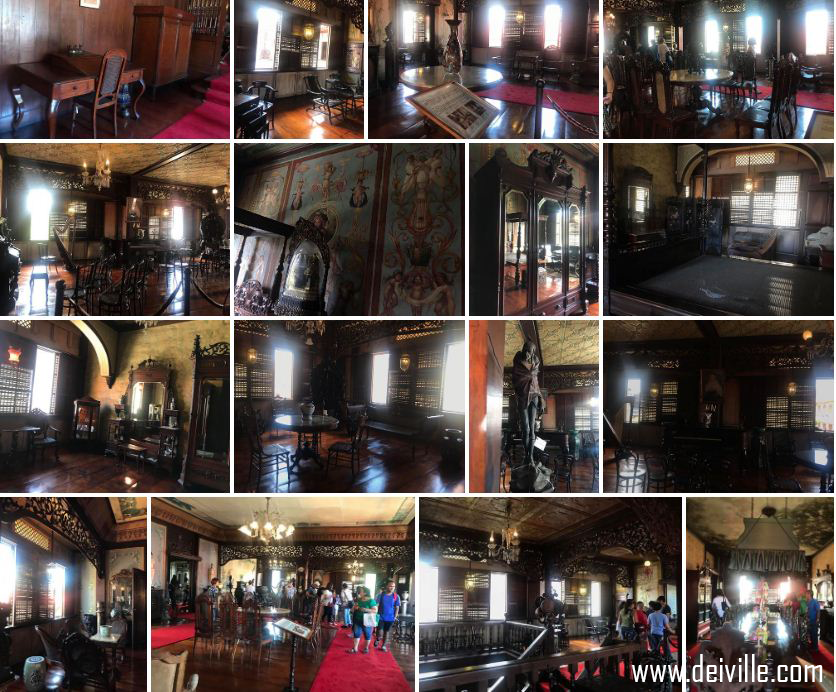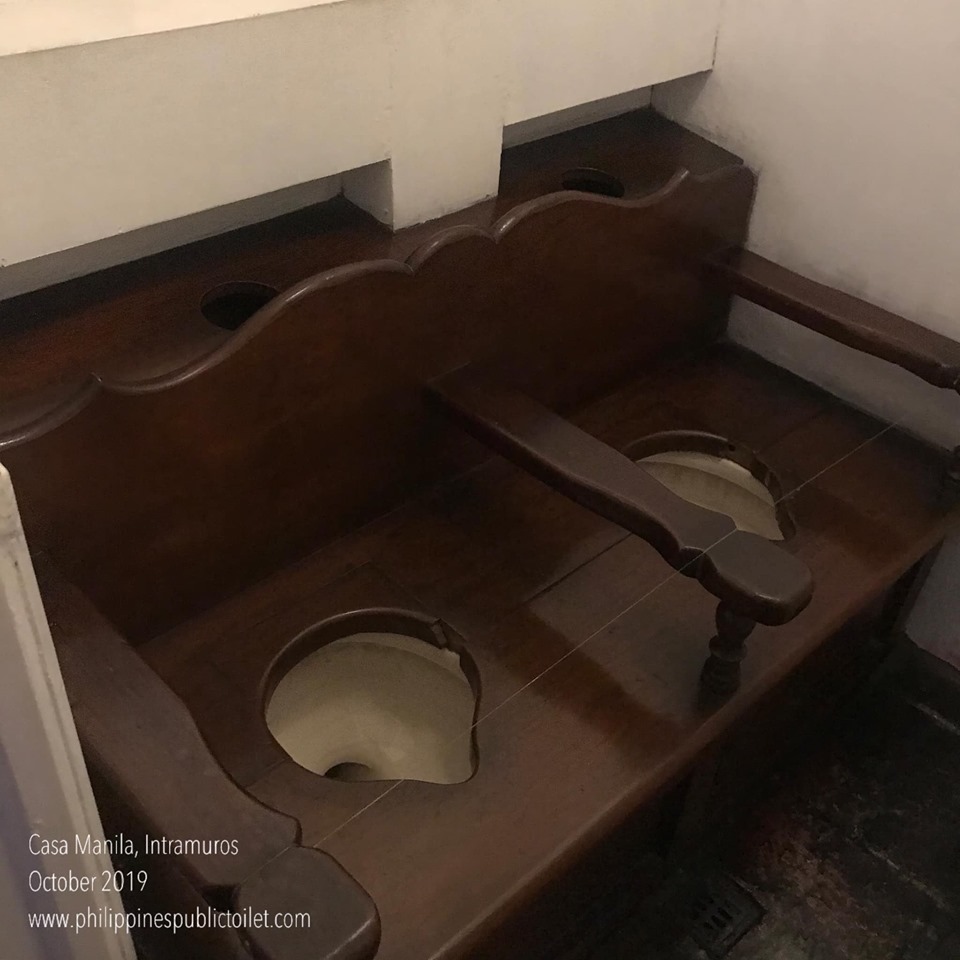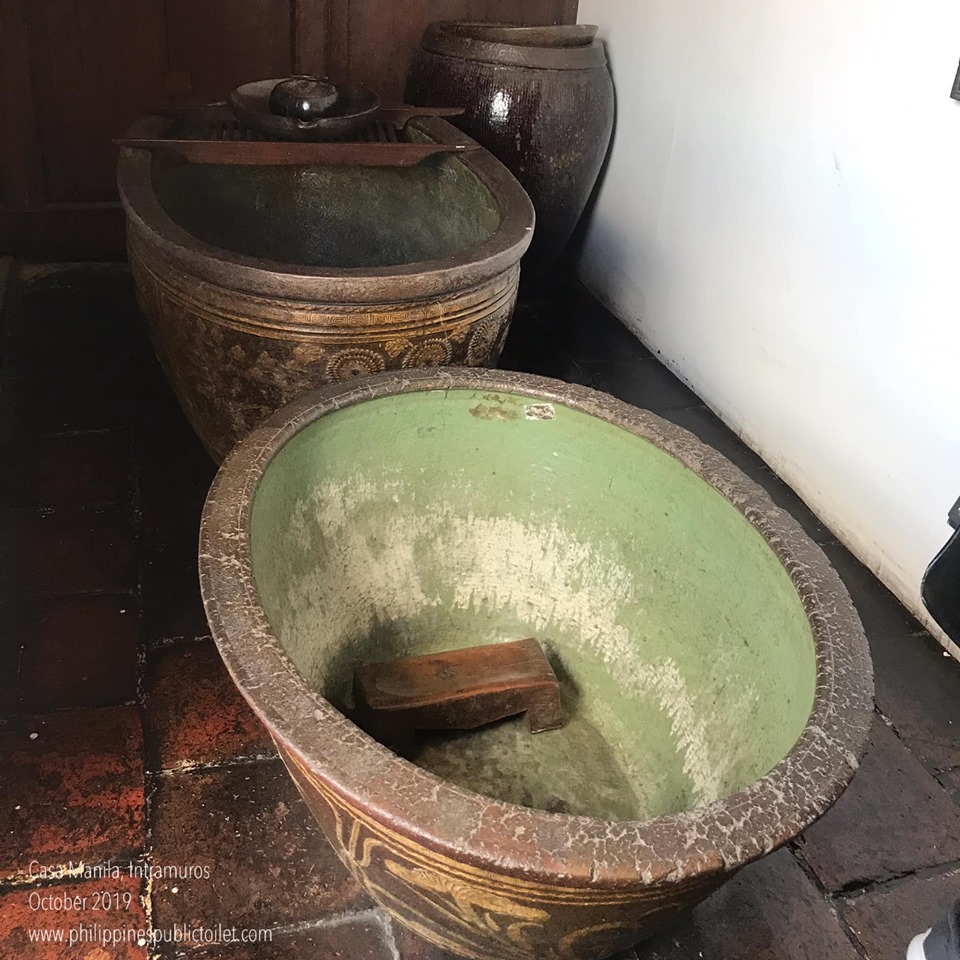Travel Guide: Itinerary, and places to see when planning a visit at Casa Manila Museum
This is a not sponsored post. All opinions are mine.
Manila, 27, October 2019.
Casa Manila (1850). The museum characterized the Spanish colonial lifestyle. The framework of the three-story building is made of stone as its base, and wood on the second and third floors. Back then it was considered as a mansion (grand house) in Barrio San Luis. The mansion is a replica of Binondo merchant Don Severino Mendoza located in San Nicolas in Binondo.
In 1980’s, the Intramuros Administration (IA) under Imelda Marcos spearheaded an intensive research to construct the complex. Urban planner and architect Ramon L. Faustmann designed the museum under Spanish architecture.
“Casa Manila typifies the house of the Filipino “ilustrado,” an affluent class bred by the opening of Manila to world trade in the late 19th century. Investing in the import-export boom, the “ilustrado” amassed wealth which in turn bought a lifestyle refined by European education and travel: good books, good music, good food and good company in a house that breathed luxury and grace.” as told by Lynda B. Valencia, PNA (Revisit the past in Casa Manila.)
What to see at Casa Manila
The museum gives the impression of what it was like to live under the Spanish influence. It dates back to years before the Philippine Revolution in 1896 and how it was like to live a wealthy life amidst the slavery of the underprivileged locals.
Zaguan (Arabic). Corridor (pasilyo), where horse-drawn carriages (caruaje) deposited the passengers before proceeding to the stable (cuadra) at the rear. The benches were for the cocheros (coachmen) and the portero (porters) who held the keys to the front doors. Via zaguan, Casa Manila’s main entrance serves as a passageway for the “caruaje” leading to the “patio.”
The patio. Every house in this era seems to have a patio, a vital portion of an upscale house, where the source of air and light passes through the house corridor. It provides natural light during the day and cool air at night.

Cuarto. Room (silid) entresuelo could have been occupied by a maiden aunt (tiyahing matandang dalaga). The Ah-Tay bed was a status symbol, it was named after a Chinese furniture maker from Binondo.
Sala. Within the living room are: music area, study area, office-library complete with a “caja de hiero” (safe) and “baul” (treasure chest) for keeping gold and silver coins. plaster works, European furnitures, lounging chairs, marble-topped tables, pedestals holding European sculptures, grandfathers clock.
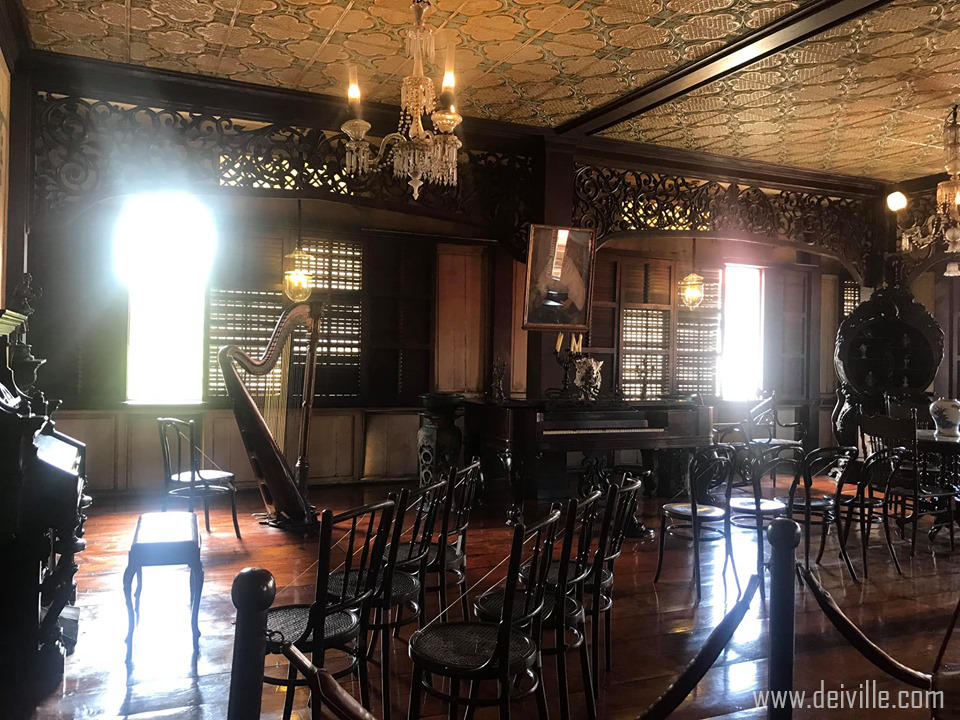
Comedo. The dining room with long table and chairs elaborated wood carvings, a punkah on the ceiling, and fine furniture surrounding the area.
Punkah. At the dining table, a punkah is a ceiling fan manually operated with a string attached to it. The device was brought from India during the British Occupation of Manila (1762-1763). The servant hides in the corner of the dining area and assists in controlling the fan to shoo the flies away.
Bangerra. Filipino are used to saying “bangerrahan” (dishrack), in rural community until today, it refers to a typical sink (or lababo), made with kawayan (bamboo) or buho, is used to wash the dining and kitchen wares, and left to dry under the sun.
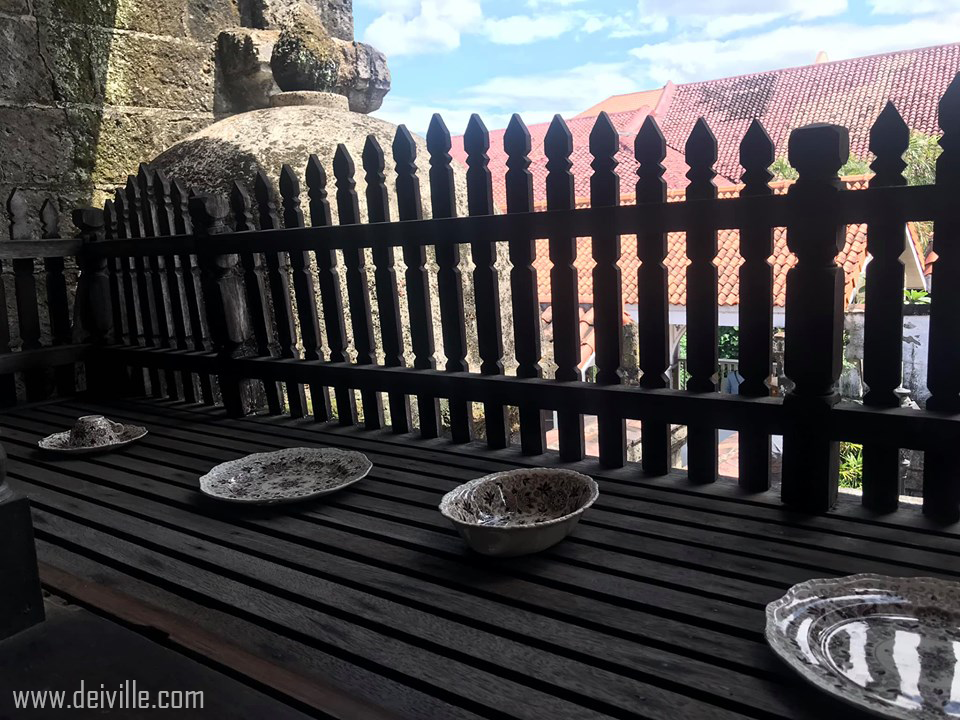
Letrina. Toilet (palikuran) of a common large house had two or more toilets that were close to each other. Some houses even had holes on the floor for those who wanted to squat. One could really do “tete-a-tete” and some even had checkerboards incised on the arms.
Baño. Bathroom displayed a bañera (bathtub) made of stoneware from China (Ming Dynasty), martavan jar, also a China stoneware.
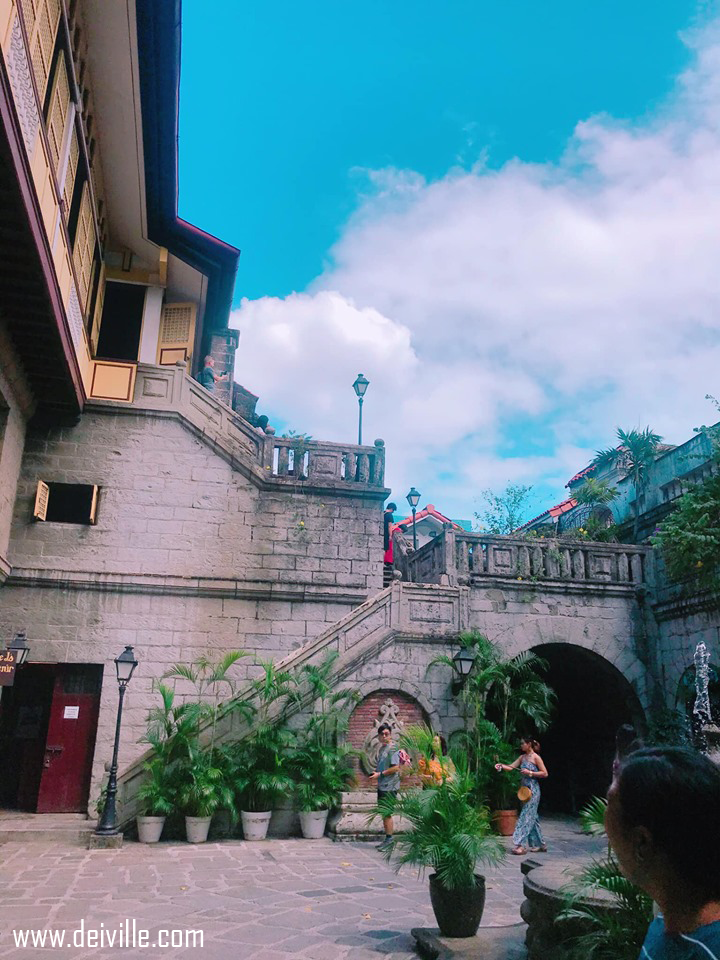
Casa Manila museum may not be the actual house and objects in it, it’s there to immortalize the thing of the past. Certain sections such as the prayer room before entering the cuartos (room) are prohibited from taking photos. On typical museum days, taking photos of the interior of the house is also impossible.
Complete photos from “Intramuros Open House: Walk with Chan“ are available on our Facebook Page.
Thank you Mr. Rence Chan of Walk with Chan and friends who came along.
Other interesting reads:
Best things to do at Villa Escudero
Postal Heritage Talks and Tour by the Royal Postal Heritage Guided Tour
Best Things to do in Hong Kong
Best Things to Do in Panglao, Bohol
Best Things To Do in Taal Batangas
DeiVille.com, created by Green Dei (Daryll Villena)
Write us at deiville.com(at)gmail(dot)com for tips on digital branding , entrepreneurship, consumerism, parenting, health talk, women talk, Pinoy travels and Manila lifestyle.
If you find this post helpful, informative or entertaining, feel free to SHARE it.
Get instant updates from deiville.com on:
Facebook | Twitter | Instagram | Pinterest | YouTube
I’d love to know what you think about this post. Feel free to leave your comment.
I do reply to each of your messages or questions so please come back if you’ve left one.
Disclosure: DeiVille receives products in order to conduct reviews. No monetary compensation was provided unless noted otherwise. All opinions are 100% my own. Some posts may contain web links in exchange for payment. In the event of a giveaway, the sponsor is responsible for delivery of the prize, unless otherwise noted in the posting. I only recommend, discuss, or introduce products/services/businesses I personally use and believe will be a good fit for my readers.



